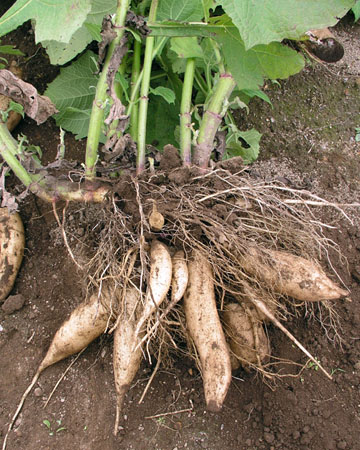The vitamin C RDI ranges from 45 - 90 mg/day depending on your country. This fact alone should send off the alarm bells. How can one country specify half of another when they level when it is supposed to be scientifically determined?. This issue aside there has just been published a study that looks at vitamin C and parenteral nutrition. Parenteral nutrition (PN) is where you receive your food, typically by drip, because you can't eat it. This often occurs due to trauma or injury. Clearly when someone has a major trauma or injury they can be/put into a coma, or don't have the strength or ability to eat and process food.
As this nutrition is all that a person is obtaining it is important to have the right vitamins, minerals, proteins, carbo's.....The paper asks the obvious question. Given that these patients bodies are under significant stress, as they are repairing themselves, does the body need more vitamin C? (the paper only looked at vitamin C).
Well what do you think? It is clear the body needs more nutrients in this state, so the answer is YES.
PN currently has 100mg/day for Vitamin C for patients at home. This is because these patients are not in major trauma but have difficulties eating or need PN for other reasons. The standard dose in hospital is 200 mg/day because if you are on PN in a hospital you have more problems or issues. It is good to see that someone has thought through the issues and done the logical thing.
The paper goes onto discussing the vitamin C needs for very sick or injured people. It states that vitamin C blood levels drop through the floor as the body uses up its vitamin C. To main the blood vitamin C levels in these very sick or injured people need 3 000 mg a day. This is clearly much higher than the RDI of 45-90 mg, or current PN of either 100 or 200 mg. The paper states:
[vitamin C] requirements have been shown to be higher in perioperative, trauma, burn, and critically ill patients, paralleling oxidative stress...... Large vitamin C supplements may be considered in severe critical illness, major trauma, and burns because of increased requirements resulting from oxidative stress and wound healing.Parioperative is the time before, during and after a operation. Application: If you are going to have any operative procedure you should be on 3 000 mg a day, before, during and after the operation. Also in any major trauma or injury you should take 3 000 mg a day.
This shouldn't be to surprising work done on guinea pigs in 1967 found that strength of scar tissue healing was proportional to their vitamin C level. Guinea pigs RDI is 45 mg vitamin C a day. They found that increase their intake to 2 000 mg a day provided the strongest jhealed scar. So a figure for humans of 3 000 mg a day, when there RDI is 45-90, makes sense. Lastly I can't help but point out that according ot the USA Dietary Reference Intake that the upper limit of vitamin C intake is 2 000 mg and should not be exceeded! To their credit these dietary reference intakes are for healthy 25 year old males. However people often take this 2 000 mg level as any you shouldn't have more than this.
References:
M., Berger. Parenteral Nutrition Vitamin C Requirements in Parenteral Nutrition. Gastroenterology Volume 137, Issue 5, Supplement 1, November 2009, Pages S70-S78
Baker, E., Vitamin C Requirements in Stress. The American Journal of Clinical Nutrition Vol 20 No 6 pg 584
1967
Photo credit: Chemo on Flickr





















